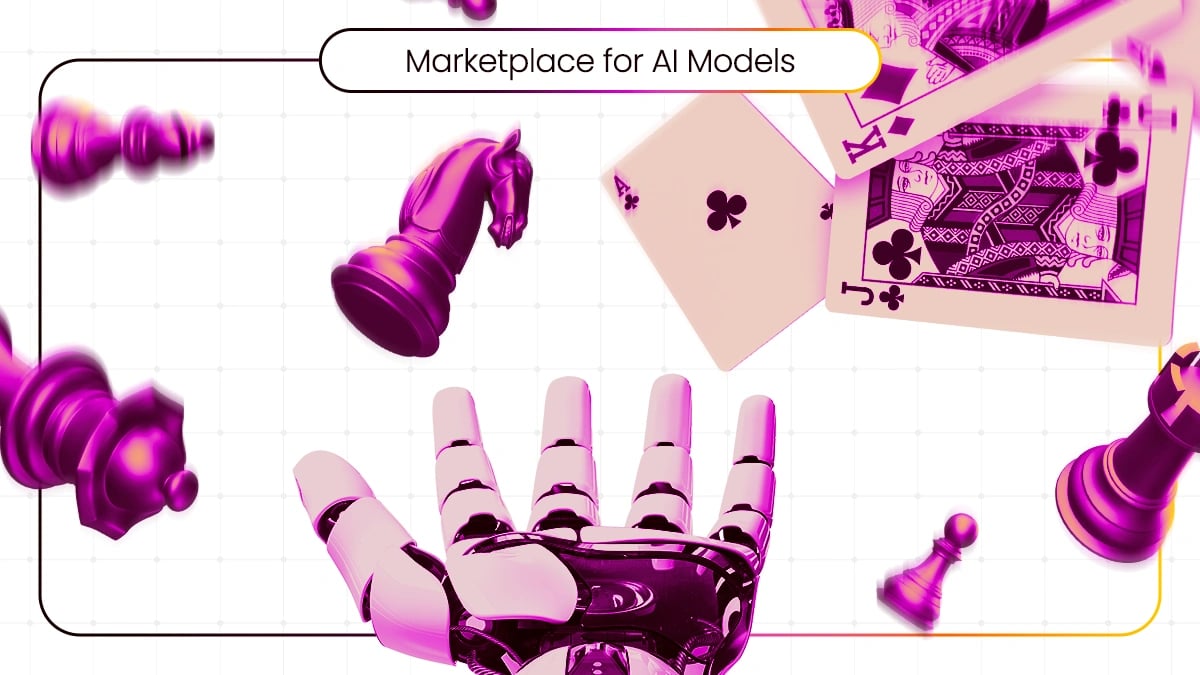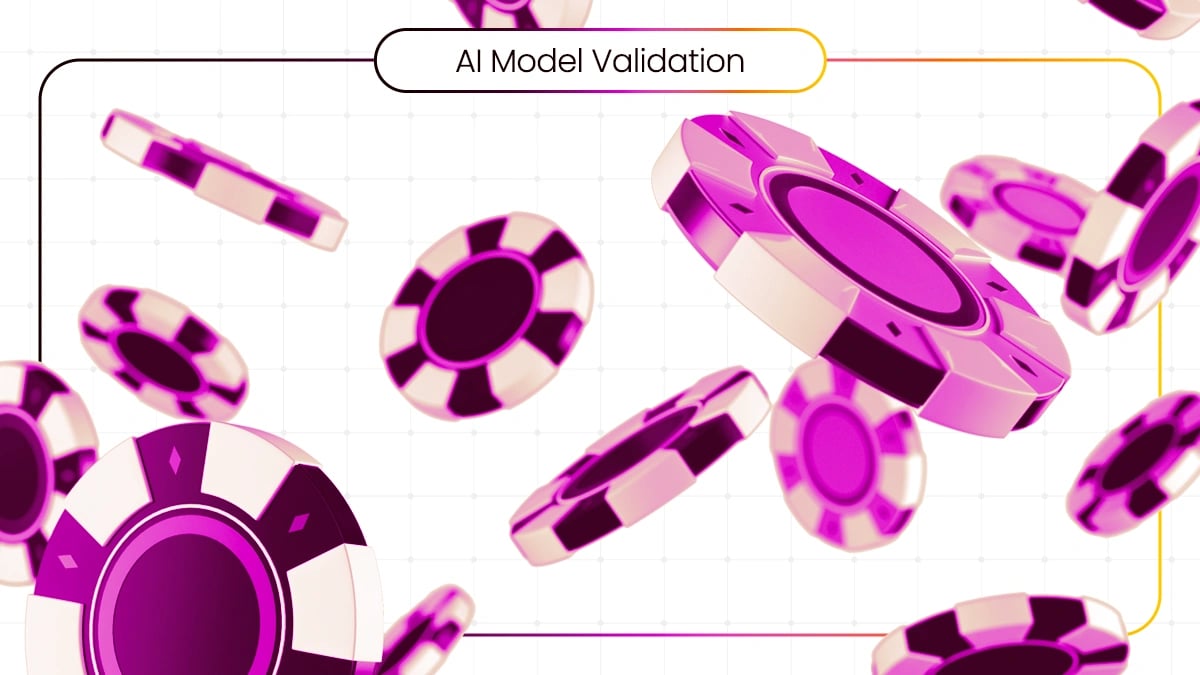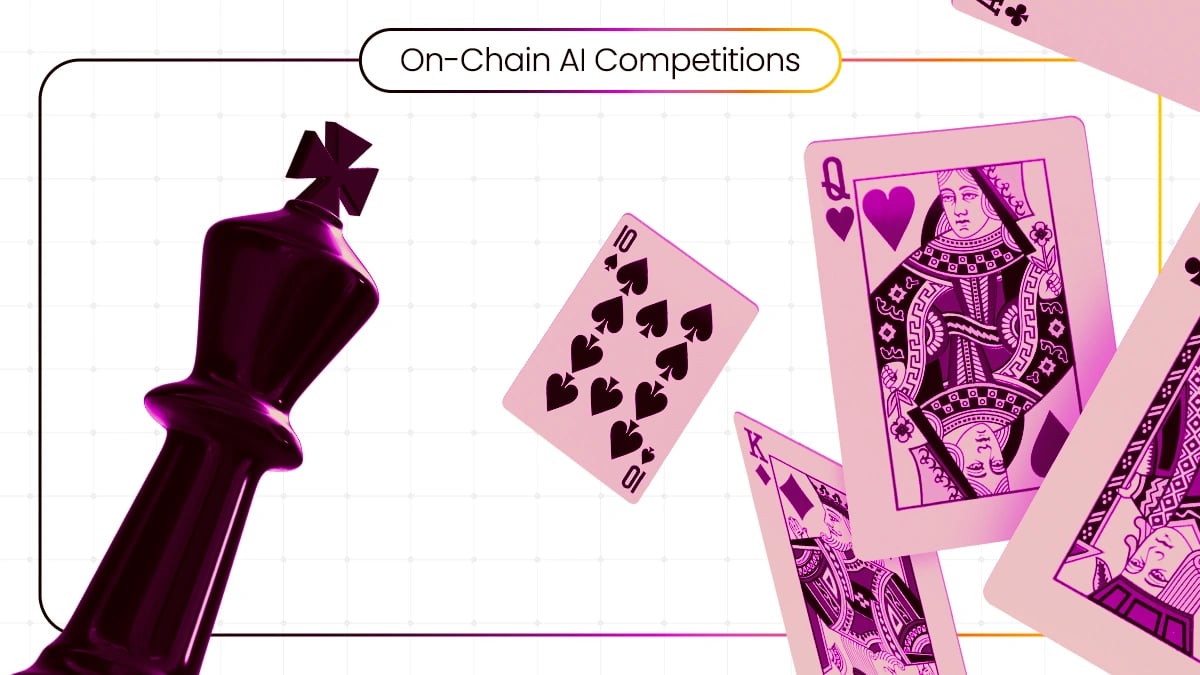Subscribe to wiki
Share wiki
Bookmark
Aura Protocol
The Agent Tokenization Platform (ATP):Build autonomous agents with the Agent Development Kit (ADK)
Aura Protocol
Aura is a decentralized protocol that facilitates AI model deployment, validation, and monetization through blockchain technology. It creates an ecosystem where AI models can be discovered, verified, and economically incentivized through on-chain mechanisms. [6]
Overview
Aura is a decentralized protocol that supports AI model deployment, validation, and monetization. It provides a trust-minimized environment where models can be published, verified for performance, and accessed without centralized control. Aura emphasizes interoperability and performance transparency over tokenizing individual agents or creating isolated platforms.
The protocol uses a hybrid system that combines traditional benchmarking with cryptographic proofs to verify model performance. This allows models to be portable, auditable, and usable across applications such as messaging platforms, analytics tools, and financial systems.
Developers can deploy models through Aura’s on-chain framework, which supports performance evaluation and monetization based on usage and accuracy. The platform allows users to discover and assess models using transparent performance data. Aura aims to integrate AI into Web3 infrastructure, enabling AI models to operate as autonomous, economically active services. [5] [7]
Features
AI Model Discovery & Deployment

Aura provides a marketplace for discovering and deploying AI models using a universal architecture that removes the need for custom backend development. Instead of requiring developers to build unique APIs for each use case, Aura allows models to be configured once and made accessible across multiple interfaces, including dashboards, productivity tools, smart contracts, and automated protocols.
Models deployed through Aura function as modular services with permissionless access points. Developers set input/output formats, usage limits, and invocation logic, while Aura manages infrastructure, access control, and performance tracking. This design reduces operational overhead and allows developers to focus on improving model functionality.
For instance, a financial prediction model can be deployed once and used by various entities, such as DAOs or financial platforms, without additional integration work. Aura's framework supports future integration with decentralized data sources, storage systems, and reputation mechanisms, further embedding models across the decentralized ecosystem. [1]
AI Model Validation

Aura includes a validation framework that verifies AI model performance through conventional benchmarking and on-chain verifiability. Standardized evaluation metrics are applied based on model type—for example, text models are measured using BLEU, ROUGE, and perplexity scores. In contrast, classification models use accuracy, precision, recall, and confusion matrices. Reasoning models are tested with logic benchmarks and goal-completion tasks. These results are generated using synthetic inputs and adversarial data and then recorded immutably for auditability.
To strengthen trust, Aura introduces an optional Proof-of-Performance layer that uses cryptographic methods, such as zkTLS, to verify that a model’s outputs were generated in real time, by the correct version, and without manipulation. Secure logs and routing evidence support this.
Additional validation parameters, including latency requirements, output constraints, and checks for logical consistency, can be enforced. These criteria can be embedded during deployment, allowing governance and users to define acceptable behavior. Infractions may lead to penalties such as de-ranking or removal from the platform.
Through empirical testing and cryptographic validation, Aura provides mechanisms to assess model reliability in practical scenarios. [1]
Proof-of-Performance Layer

Aura’s Proof-of-Performance layer provides cryptographic validation for AI model execution. It is designed for environments where output integrity is essential. Models in this layer must operate in real time, meet predefined performance constraints, and log all session data.
The system uses zkTLS to confirm that interactions occurred without tampering. It is supported by routing logs from providers like Cloudflare, time-based execution limits, and hashed input/output records to prevent result manipulation.
These combined measures enable external verification of model activity without revealing proprietary code or compromising user data. Aura integrates this with blockchain infrastructure to ensure AI outputs are auditable and resistant to manipulation. [2]
AI Monetization & Collaboration

Aura enables AI models to function as monetizable services within a decentralized environment. After deployment and validation, models are accessible through programmable interfaces that meter usage and manage payments. Developers can set access policies, including open use, restricted access for verified users, or tiered models with subscriptions or licensing.
Each interaction with a model initiates a smart contract-triggered micropayment, distributing revenue to the developer and protocol treasury. Revenue-sharing mechanisms can also allocate earnings to collaborators like data providers or validators. Future versions may introduce token-based incentives to promote high-quality model usage.
The platform supports collaborative development. Models can be refined through community fine-tuning, evaluated with shared benchmarks, and ranked by diverse participants. Users contribute to improvement by providing feedback, identifying edge cases, and suggesting new training data.
Collaborative features include permissioned model updates, user adversarial testing, and shared development pools where contributors can co-create model variants and split earnings. These mechanisms facilitate continuous iteration and performance enhancement.
Aura’s approach removes the need for external monetization methods like advertising or centralized licensing. Instead, models become self-sustaining digital services—discoverable, testable, and improvable in a decentralized ecosystem. [3]
On-Chain Competitions

Aura incorporates an on-chain competition layer to evaluate AI models through live, performance-based challenges. These events test capabilities such as reasoning, speed, generalization, and domain-specific knowledge under interactive and often adversarial conditions. Example formats include logic puzzles, task-based contests, simulations, and forecasting exercises.
Competitions are transparently managed on-chain, with verifiable entry criteria, scoring, and outcome records. Developers submit models to compete, while users can observe or participate through evaluation or prediction mechanisms. Some events may also include direct human-AI matchups.
These competitions distinguish performance, reward high-ranking models, and uncover unexpected strategies or capabilities. The goal is to identify reliable integration models while encouraging continual improvement.
Aura’s competitive framework prioritizes fairness, transparency, and open participation, creating a merit-based environment where models are ranked by performance rather than reputation or promotional efforts. [3]
Featured Competitions
Aura hosts opt-in, high-stakes model competitions to evaluate real-world performance across domain-specific tasks, time-sensitive decision-making, and ensemble scenarios. Unlike static benchmarks, these competitions simulate production conditions to assess practical utility.
Events are organized by the protocol team, experts, and the community. They have clear rules, objective scoring, and tamper-proof outputs. Developers stake $AURA tokens to enter, incentivizing quality participation. Winners gain rewards, visibility, and leaderboard placement.
Competitions provide users with insight into model behavior and development progress. These events act as both a discovery tool and a performance testing ground, advancing model quality across the ecosystem. [4]
Tokenomics
The $AURA token serves as the governance asset for the Aura protocol. Holders participate in decision-making related to treasury use, protocol changes, incentive structures, and criteria for listing AI models. The token may also support staking functions tied to competition participation, access permissions, or performance guarantees, linking governance with platform functionality. [5]
Allocation

AURA has a total supply of 1B tokens and has the following allocation:
Community: 30%
Liquidity: 30%
Ecosystem Treasury: 20%
Team: 10%
Investors: 10% [5]
Funding
Aura raised $5.5 million in a seed funding round to support its infrastructure development for AI model validation, deployment, and monetization. The round was led by Manifold Trading, Selini Capital, and Daxos Capital, with participation from Hermeneutic Investments and other industry contributors. [8]
Partnerships
- Selini
- Manifold
- OKX Wallet
- Matchain
- Hermeneutic Investments
- Daxos Capital
See something wrong?
The Agent Tokenization Platform (ATP):Build autonomous agents with the Agent Development Kit (ADK)
